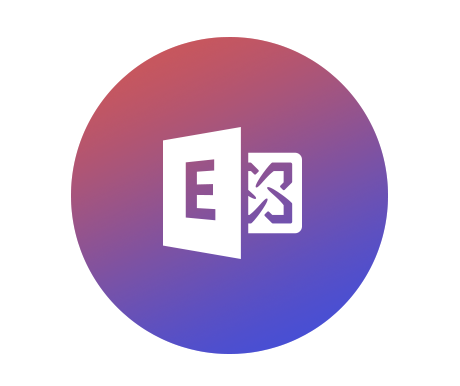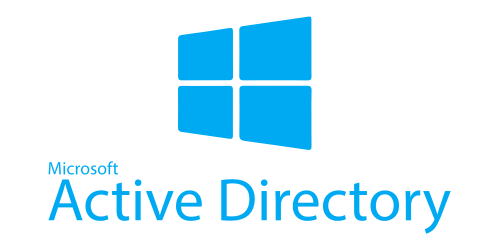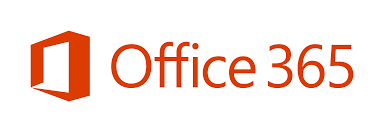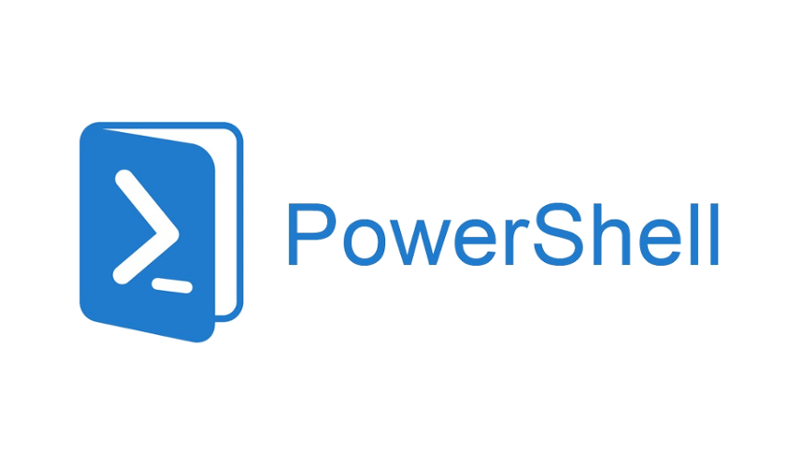Alternate FIX: Unable to manage a group via EAC in Exchange on-premises. Exchange Attributes in Active Directory

I recently had an issue where one of the personnel on the Service Desk Team did not have access to Exchange On-Premises
Lance's Blog for Information Technology

I recently had an issue where one of the personnel on the Service Desk Team did not have access to Exchange On-Premises

My continuation of the “Installation from HELL” proceeded onward today with our team attempting to install Exchange on another server in the

The sheer craziness of it all! I noticed that my clocks were off on my servers by FOUR minutes. I had originally

I just received my new laptop for my current project and was setting up Windows 10 to join the company Azure AD

A rare weekend post for me! HA! I am currently migrating my server environment from VMWare 6.7 to Server 2019 Hyper-V. I

Let’s say you’re an admin that needs to connect to Office365 via PowerShell often. Now, there are many different websites or blogs

I get incidents from time to time that deal with Netlogon Service Issues. For example: Semaphore Waiters, Semaphore Timeouts, Semaphore Acquires, etc…

I have run into this issue over the years with accounts being in the Domain Admins group and having issues running PowerShell

In my support role, we would get nightly alerts showing disconnection to the PDC from other DCs and Exchange Servers, giving the